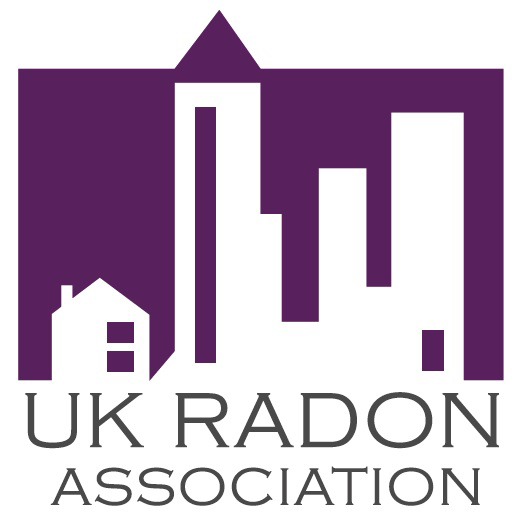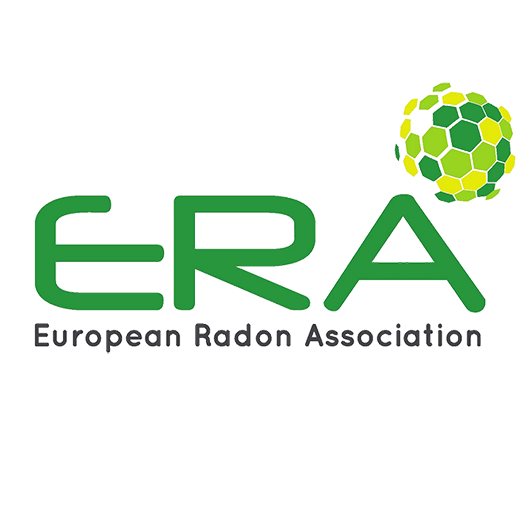Radon in homes: all you need to know
Exposure to high levels of radon is the second most common cause of lung cancer in the UK, after smoking.
According to Public Health England (PHE), more than 1,100 people die in the UK each year as a result of exposure to radon gas.
To learn if you are at risk, you should measure radon levels in your home. Radonova supports and guides you to make sure your measurement is as accurate and effective as possible.








